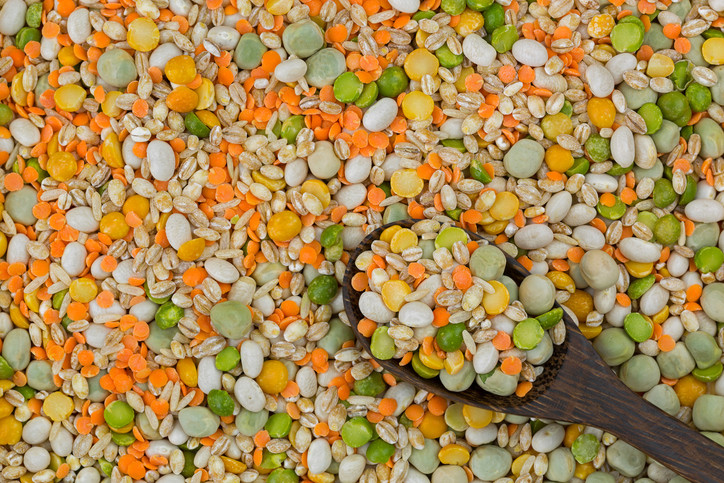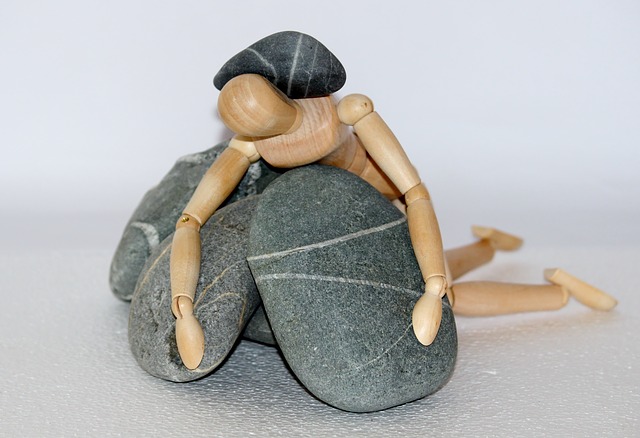Many plants have the capacity to store toxic substances. Others let us know, by their illnesses, the presence of particular diseases in the atmosphere. Certain others, finally, are capable of efficiently fighting bacteria. Learn to use them as your allies in your fight against pollution.
- At home
Cultivate conifers; many conifers can, without difficulty, be cultivated inside your home: pines, firs, thujas, araucarias, etc. They will protect you against pathogenic germs, omnipresent in the air of habitations. Let us add that the cultivation of these species is particularly recommended for so-called “high risk” interiors. We recommend it for clinics, hospitals, and offices, but also in any place where there are people who are especially susceptible to infection.
There are plants that have antibiotic powers. The beneficent action of plants is not only limited to the conifers. The leaves of various species of vegetation, like for example Dieffenbachia sp., also give out phytoncides, substances with a volatile antibiotic power (this plant should be placed out of the reach of children, as it is toxic). The presence inside your apartment of certain easy to cultivate and decorative plants considerably reduces the number of bacteria, so equally the risk of contracting numerous infectious diseases. Begonias and geraniums lower the presence of microflora by 43%, while chamaecyparis lower it by 59% and chrysanthemums by up to 66%.
Experiments have finally shown that mountain plants produce much more volatile substances than a large amount of other vegetation. It is because of their specific virtues that people suffering from tuberculosis are advised to spend some time in the mountains.
To control the quality of your environment
Certain plants are capable of measuring the quality of the environment in which you live. It is sometimes possible to determine qualitatively and even quantitatively the presence of pollutants in the air. All the same, you can’t detect the presence of pollutants except over a pretty significant concentration. Certain pollutants can have the roll of a fertilizer, especially with poor quality floors. Also, plants have the faculty of supporting a certain level of toxins in there tissue, without presenting any symptoms of illness.
- The first sign which you encounter should be chlorosis: the leaves of the plant become yellow and pale. This phenomenon is connected to the degradation of chlorophyll and shows, in general, the presence of toxic gasses, for example dioxide and sulphur. Generally, an unusual change of color, if you do not detect symptoms of a parasitic disease, is a reaction of the plant to pollutants.
- Necrosis, which is characterized by the death of tissue of the leaves on which one detects zones of a brown color, which then turn black, constitutes the second class of symptoms caused by pollutants.
These symptoms can, obviously, be variable and function according to the species of vegetation and/or be associated with other conditions. But the pollutants often are characterized by the specific forms of the necrosis they cause.
So, for example, ozone is responsible for necrosis that takes the form of small black points.
Fluorine is responsible for necrosis on the ends and extremities of the leaves.
Sulphur dioxide and nitrogen bioxide cause necrosis between the nerves of the leaves.
On the needle of conifers, you can equally observe chlorosis surrounded on both sides by necrosis: the culprits are the oxides of sulphur and nitrogen.
For the human organism
All one can do is incite each one of us to pay attention to the origins of the plants that we consume and to avoids those that come from polluted zones. Certainly, public opinion has become more sensitive after the catastrophe of Chernobyl, and the risks represented by nuclear plants have been underlined many times. However, the problem rests sadly underestimated.
If you use pesticides or any other plant-care product for your garden, we do not advise you to use these plants for your consumption, including for the preparation of remedies.
Also do not consume plants cultivated on windowsills and balconies of big cities.
Also be careful about plants and products which do not come from you own culture. When you buy medicinal plants, make sure to inform yourself about their origins and about any treatments they have undergone. For example, metals and metal components (arsenic, lead) are often combined with plants in traditional Chinese remedies.
In general, avoid preparations with badly defined origins. There exist, indeed, a fair amount of cases of fraud concerning a species sold as another.
The capacity of bioaccumulation of plants is useful: indeed, it offers many therapeutic possibilities. However, the taking should be limited in duration and quantity.
Let us keep an easily realizable application of the indoor plants which are interesting from a therapeutic point of view. By the consummation of selenium enriched garlic which, as scientific research shows, stops the first stages of breast cancer (see the publication on the subject “Selenium enriched garlic…,” Ip-C., Lisk DJ, Thompson HJ Carcinogenesis 17 (9) 1996). This plant, as well as others such as the onion, seems to have inhibiting effects against certain types of cancer (the first results are very encouraging and the research should be continued in this direction). It isn’t complicated to obtain garlic enriched in selenium. It is only necessary to water the garlic with mineral water rich in selenium over the course of a few weeks. The garlic can then be consumed in salads or prepared in meals.
For the water
To disinfect the water, we have as recourse the plant vetiver. The rhizomes of this plant contain an essential oil with a pleasant smell.
One can boil some roots in the drinking water to disinfect it and to eliminate the pathogenic bacteria.
The best way to protect oneself against a polluted environment is to identify the pollutants so as to remove them better.
Other than that, there are just walks in the forests and parks left for you to do.
En aucun cas les informations et conseils proposés sur le site Soignez-vous ! ne sont susceptibles de se substituer à une consultation ou un diagnostic formulé par un médecin ou un professionnel de santé, seuls en mesure d’évaluer adéquatement votre état de santé


